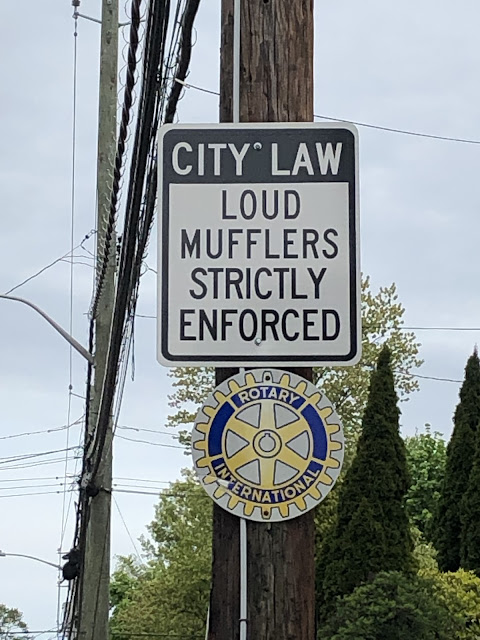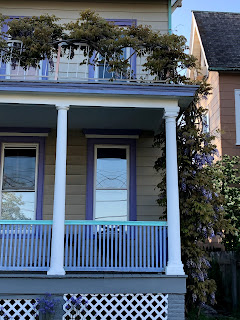In the 1960s, anarchists painted bicycles white (Witte Fietsen) and left them on Amsterdam streets for anyone to ride. Some see it as the first public bike-share system. Others argue that the French city of La Rochelle, during the following decade, started the bike-share movement when it made 350 yellow bicycles available for anyone who wanted to use them. The contention that the La Rochelle's program was "first" is based on the fact that it was offered by the city government and thus the first to be sanctioned by any organized official body.
Anyway, the movement to make bicycles available to everyone at a nominal fee really took hold from about 2005 to 2015, when cities like Paris, Barcelona, Mexico City and New York started their schemes. Since then, it has come to be associated mainly with such large metropoli. Lately, however, smaller municipalities have seen the benefits of making bicycles (and scooters) available and have begun, or are exploring, share programs of their own.
As an example, the Westchester County city of New Rochelle (which is named for the La Rochelle natives who settled there after fleeing the French religious wars) has had such a program for several years. Although much smaller in size and population, it shares some of the problems of New York City, about 18 miles to the south: Its narrow streets and compact (some would say claustrophobic) downtown simply can't accommodate any more cars or trucks than already use it.
I am very familiar with this landscape, if you will, because I cycle through New Rochelle whenever I ride to Connecticut or any point north of NYC on the east side of the Hudson River. I am also somewhat familiar with Passaic, a New Jersey city I have ridden a few times. Located about 20 miles (32 kilometers) west of New York and about the same distance north of Newark, it has roughly the same population as La or New Rochelle and an old (for the US, anyway) downtown district and infrastructure first developed before automobiles.
.jfif)
So, perhaps, it's not surprising that the city is also exploring a bike share program* which, they say, will be modeled at least in part on New York's Citibike (which has expanded into Jersey City and Hoboken). Passaic, named after the river that forms part of its valley, has been mainly a working-class industrial city: It saw what was, at the time, one of the largest labor strikes in history when textile workers walked off their jobs in 1926. The city--whose name means "valley"--also was the corporate headquarters and main manufacturing facility for Okonite, which made the some of the first telegraph cables and the wiring for Thomas Edison's first power generating plant (on Pearl Street in NYC). And it has been called "the birthplace of television" as the experimental station W2XCD transmitted its first signal, in 1931, from the DeForest Radio Station in the city. Its chief engineer, Allen DuMont, left the station a few years later to start the pioneering television manufacturer and the first commercial television network: DuMont Laboratories and the DuMont Television Network.
So, one might say that bike share programs are like the tech industry: they're not just in the city (e.g., San Francisco); they're also in the valley.
*--I have tried to link an article about this, but it's behind a paywall:
https://www.northjersey.com/story/news/passaic/passaic-city/2023/10/25/passaic-explores-bike-sharing-system-to-help-ease-parking-shortage/71300087007/

.jfif)



















